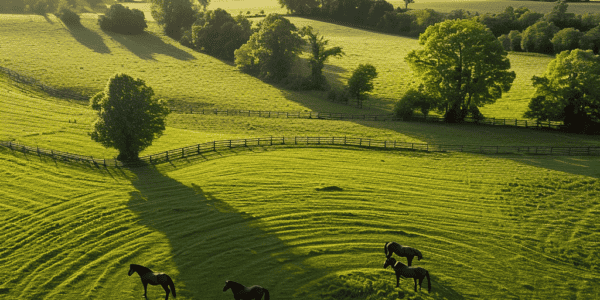Harvard Professor Claims New Evidence of Alien Spacecraft
Harvard astronomy professor Avi Loeb claims to have found new evidence of alien spacecraft in small magnetic spherules recovered from the Pacific Ocean. Despite facing criticism, Loeb defends his work as evidence-based and not opinion-driven. This is not the first time Loeb has made controversial claims about extraterrestrial objects, and he has founded The Galileo Project at Harvard to search for extraterrestrial life using machine learning and observatories.
NASA Discovers 85 New Exoplanets with Potential for Alien Life
Scientists have made a promising breakthrough in the search for alien life, as NASA satellite data has led to the discovery of 85 new ‘exoplanets’ by experts from the University of Warwick. These exoplanets, which are planets outside our solar…
Lexington Sends Interstellar Message to Trappist-1 System
Lexington, the horse capital of the US, has sent an unusual message to potential extraterrestrial visitors in the Trappist-1 system, located 40 light years from Earth. The Lexington tourist board has beamed an interstellar advertisement showcasing the city’s music, bourbon,…
10-foot-tall ‘Strange Beings’ Spotted on Brazilian Island
10-foot-tall ‘strange beings’ have been spotted traversing a small Brazilian island, fueling rumors of alien visitations. A new video circulating on social media shows two giant, humanlike creatures walking along the foothills of Ilha do Mel, an island located two…
Seeking Another Earth: Look for Low Carbon Dioxide
Seeking another Earth? Look for low carbon dioxide What do we need to find if we want to discover another Earth? If an exoplanet is too far away for even the most powerful telescopes to search directly for water or…
New Research Suggests CO2 Levels in Planet Atmospheres Could Indicate Habitability
New research has suggested that the levels of carbon dioxide (CO2) in a planet’s atmosphere relative to its neighboring planets could indicate the presence of liquid water, potentially signifying habitability. The findings, published in the journal Nature Astronomy, offer a…






